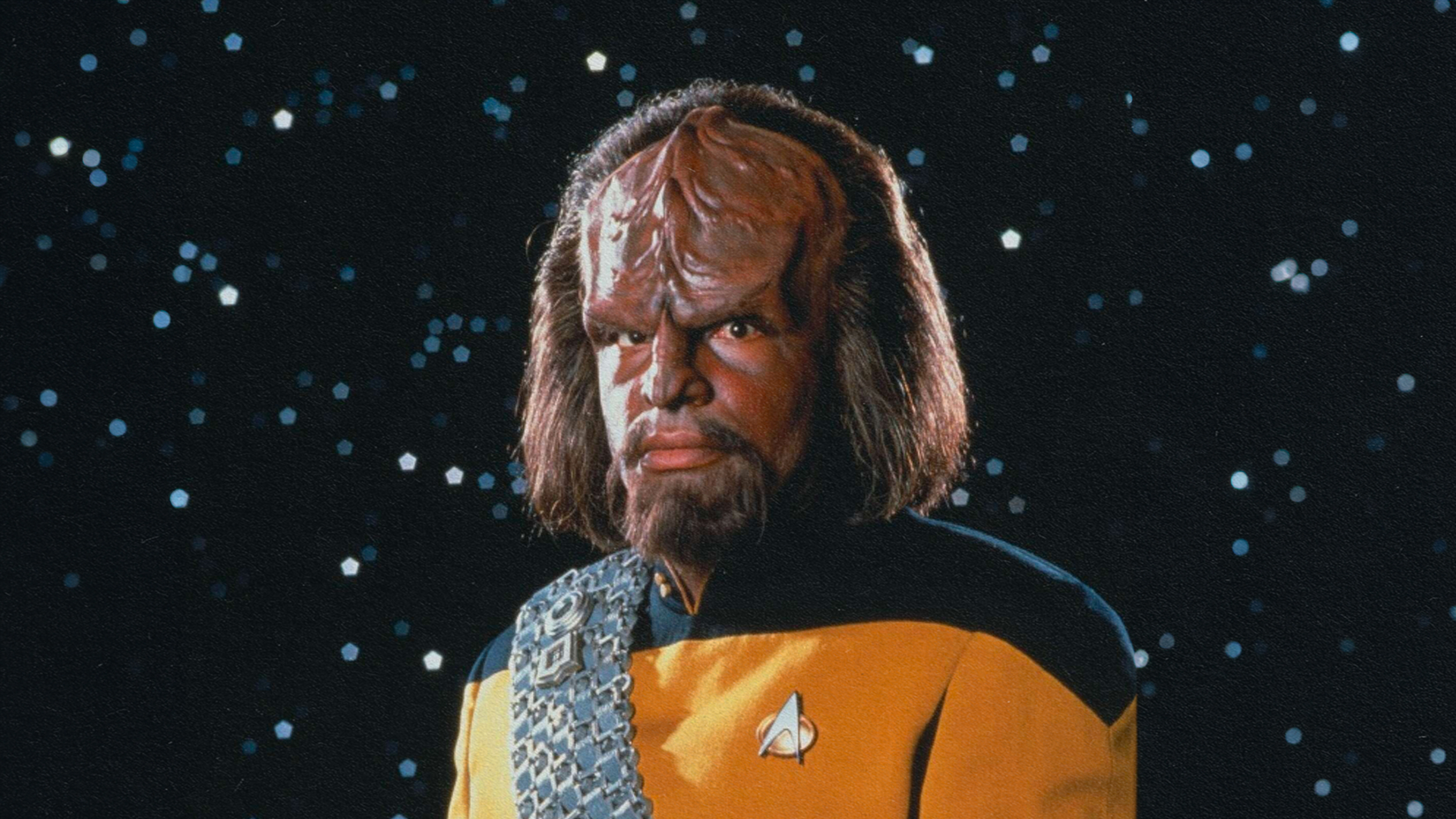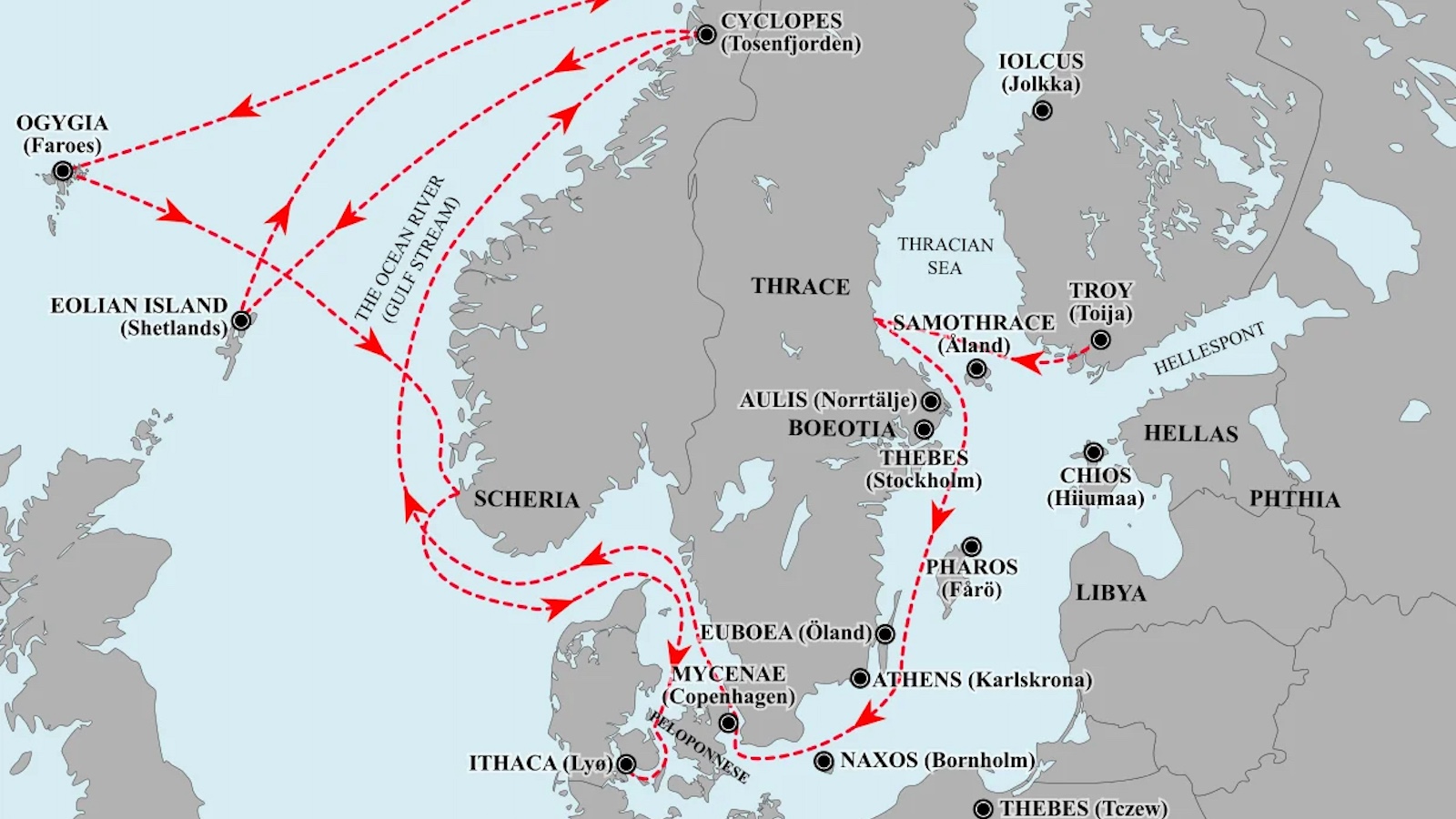Strangeness and surprise

The National Museum of Anthropology, Mexico City
Ota Benga’s story constitutes a disgraceful event from the history of anthropology.
The Mbuti man was purchased by an American businessmen for a pound of salt and some cloth from slave traders in the Congo Free State, for the purpose of being exhibited alongside other “Pygmies” in an exhibition at the 1904 St. Louis World Fair. Ota Benga would move to New York, residing first at the American Museum of Natural History, and then at the Bronx Zoo where he was exhibited alongside an (Indonesian) orangutan. Eventually his public advocates were able to arrange to have him relocated to Virginia, where Ota Benga received instruction in Christianity and received paid employment as a tobacconist.
His life ends as tragically as it had endured. When World War I prevented his expatriation back to the Congo, he lit a ritual fire and shot himself in the chest. He was 32 years old. One of the few possessions which Ota Benga still had were a few Apache arrowheads, gifted by Geronimo, who’d been displayed next to him in Missouri, the famed chief seeing something of himself in the captive Mbuti.
More than many disciplines, anthropology bears the mark of its racist beginnings, but to its credit, few disciplines more fully reckon with their origins. Engelke writes that anthropological “paternalism served the purposes of empire extremely well,” with anthropologists like Herbert Spencer and Edward Burnett Tylor misapplying biological metaphors to culture so as to justify inequity. This “mapping out the trajectory of savagery, barbarism, and civilization” served the colonial purposes of “British governors-general, French troupes colonials, [and] German Pietist missionaries,” a harnessing of the “logic and grammar of civilization to justify imperialism,” as Engelke writes. These advocates of “social evolutionism” applied a misinterpreted Darwinian model, rendering their theories as “moral philosophy masquerading as science”—an irony in how often the empirical fieldwork of the nineteenth century was lacking while those same scholars appropriated the language of scientific certainty.
While Ota Benga was sequestered at the American Museum of Natural History, a few dozen blocks north at Columbia University a German-Jewish émigré named Franz Boas was leading an anthropological revolution, whereby not only would the field’s racisms be challenged, but it would become a potent tool against bigotry itself. Alongside the Polish-British researcher Bronislaw Malinowski, Boas would prove to be a methodical, prodigious, analytically keen voice who argued, with objective evidence, for the commonality and equality of humans not in spite of, but because of our cultural diversity. Boas notes in his posthumously published Race and Democratic Society that “no one has ever proved that a human being, through his descent from a certain group of people, must of necessity have certain mental characteristics.” Or as his graduate student Ruth Benedict would put it, “Culture is not a biologically transmitted complex.”
What emerged was an objective appreciation for culture’s complexity in its seemingly endless permutations.
“Race,” Engelke writes, “is a scientific nonsense. There is no ‘white race,’ no ‘African race,’ no ‘Chinese race,’ or what have you.”
Despite the fact that our society puts so much stock in that erroneous concept, and that that concept itself has real material effects on real people, Engelke continually reiterates that modern anthropology has repeatedly demonstrated that the concept of “race” is itself based on fallacious, pseudo-scientific reasoning. Boas had an incalculable effect on anthropology, students of his—like Benedict, the novelist Zora Neal Hurston, the linguist Edward Sapir, and especially Margaret Mead—developed a field in which the central goal was not to judge but to understand. Rounding out Boas’ students were other luminaries, like Clifford Geertz and Claude Levi-Strauss, who in contrast to the reasoning that could place a man in a cage with an orangutan, rather searched to understand human cultures on their own terms. Though it’s not the central story of How to Think Like an Anthropologist, Engelke’s account of how anthropology exorcized its prejudiced demons is a crucial one, not least because in our current season of rising authoritarianism such ugly and unmerited beliefs are rearing up again.
Beyond the pith helmet
How to Think Like an Anthropologist gives account of a field that most of us reduce to stereotype, the image of a pith-helmeted explorer in a cannibal’s bubbling pot as if out of a New Yorker cartoon. In Engelke’s capable voice, anthropology becomes a visceral discipline, activity, and most importantly a method of approaching the world.
Director of the Institute for Religion, Culture, and Public Life at Boas’ old institution of Columbia, Engelke provides encomium for how his academic discipline reformed itself, and in the process developed a profoundly powerful way of understanding varied peoples’ experience of the world, from Mbuti tribesmen to London stock-traders, Pueblo Indians to Ukrainians living in the shadow of Chernobyl. In rejecting the supremacist affectations of the nineteenth century, anthropologists like Malinkowski and Boas created an approach to understanding culture, which posits that nothing made by humans is so insignificant that it does not merit our attention, and that no concept can be presumed to be so universal that its history can’t be written.
Engelke explains that anthropologists today can “focus on teeth and hip bones; others on what prehistorical settlement patterns can tell us about the emergence of agriculture, iron smelting and state formation; still others on technical aspects of Bantu noun classes and phonology.” Culture is more than just literature and music, civilization more than just cathedrals and pyramids, but also “houses, kilns, paintings, books of poetry, flags, tortillas, English breakfast tea, samurai swords, [and] cricket bats.” Several broad concepts are defined—such as “Culture,” “Civilization,” “Values” (i.e. a group’s understanding of meaning), “Value” (their understanding of economics), “Blood,” (kinship and family), “Identity,” “Authority,” “Reason” (metaphysics and cosmology), and “Nature” (relationship to the environment). What Engelke demonstrates is that in addition to being a rigorous, methodical, analytical discipline, anthropology is also a perspective which has benefit in confronting the world with honesty and curiosity.
“An anthropological mindset”
What emerges is an “anthropological mindset,” an approach which tries to “make the familiar strange and the strange familiar.” Central to this are certain ideological positions, particularly a deployed cultural relativism and a concession that nothing in human affairs—family, gender, class, sex, faith, authority, and so on—should be taken for granted as universal. Engelke takes care to defend cultural relativism from its detractors, emphasizing that it “does not mean you have no firm values.” He reiterates that the process of trying to avoid letting Western prejudices color interpretations of profoundly different cultures doesn’t “require you to condemn statistical data, scoff at the Universal Declaration of Human Rights, accept the practice of female circumcision, or declare yourself an unbelieving atheist.”
For an anthropologist, cultural relativism isn’t an ethical position so much as an epistemological one. It’s the understanding that just because Americans in the twenty-first century define marriage one way, it doesn’t mean that Melanesian islanders do it in the same way; or that because we think of authority by one particular model, Zuni Indians must think of it identically.
Every concept by which we structure our lives—from how we organize our families, states, and economies, to how we comprehend reality—has a distinctive and traceable history. Nothing in human culture is immutable or unchanging.
This sensibility “helps anthropologists guard against the dangers of assuming that their common sense of even informed understanding—about justice or affluence or fatherhood of the elementary forms of religious life—is self-evident or universally applicable.” As a result, what anthropology supplies us with are “elements of strangeness and surprise.”
The familiar among the strange
An adept anthropologist is able to find what’s familiar in that which is otherwise profoundly strange to us, and what’s strange in cultural practices that seem prosaically familiar. There is a certain unity despite all of our diversity, a manner in which practices which we countenance as supremely rational may have more of the magical in them than we normally admit, and alien rituals that we dismiss as superstitious can have their own pragmatic logic to them.
Some of our studied provincialism can be laid at the feet of modernity, the half-millennium long process by which we came to believe that “a new world order emerges, one in which the messy, muddled ways of the past—and non-Western others—get left behind for a rational and reasonable approach to the relationship between nature and culture.”
Engelke asks us to consider how the particular way of talking about the role of witches among the Azande tribe of Africa isn’t substantially different from how we talk about “luck,” an equivalently non-literal phenomenon. He also asks us to think about how myth, ritual, and faith permeate even the most ostensibly of secular events. “The presidential inauguration in the United States is the pinnacle of modern ceremonies, drawing on the rich traditions of liberal democracy and Enlightenment values,” Engelke writes. And yet when President Barack Obama accidentally misspoke while taking the oath of office, Chief Justice John Roberts had to come to the White House the following day to re-administer it. For both critics and supporters, it seemed that the words had to be properly incanted, or else the presidency wouldn’t take—an absurdity where the oath “is dependent on some kind of magical power of words.” Quoting anthropologist Bruno Latour, Engelke concludes that “We have … never been modern.”
Perhaps the anthropologists are joined only by the theologians in internalizing Latour’s observation, in grappling with the fact that “modernity” is one more cultural practice among myriad others. What Engelke promises is that an open, full, and fair grappling with how others have chosen to organize and understand their world—in terms of family, gender, authority, faith, and so on—may promise to liberate us from our own self-imposed cages, to provide the example of radical difference from which a potent form of emancipation may come.
Ed Simon is a staff writer for The Millions and an editor at Berfrois. He can be followed at his website or on Twitter. He is author of America and Other Fictions and Furnace of this World; or, 36 Observations about Goodness, both available from Zero Books.
The post Strangeness and Surprise appeared first on ORBITER.





